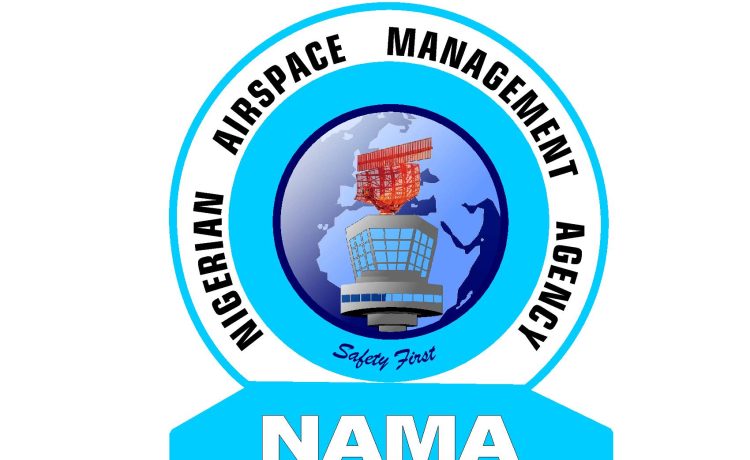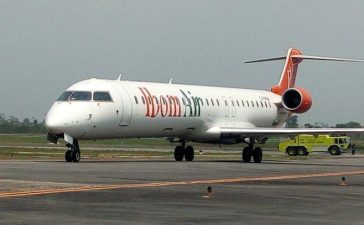The Nigerian Airspace Management Agency (NAMA) has commenced a comprehensive audit of the entire Kano Flight Information Region (FIR), covering Nigeria’s airspace.
The exercise, which began on Tuesday, is a systematic self-assessment audit aimed at strengthening safety performance, operational efficiency, and regulatory compliance. It is also designed to prepare NAMA for the impending Air Navigation Service Provider (ANSP) Certification by the Nigerian Civil Aviation Authority (NCAA) and the forthcoming ICAO Universal Safety Oversight Audit Programme (USOAP) Coordinated Validation Mission (ICVM) and Regional Office Safety Team (ROST) Mission.
According to NAMA’s Director of Public Affairs and Consumer Protections, Abdullahi Musa, the FIR audit will cover Air Traffic Services (ATS), Communication, Navigation and Surveillance (CNS) facilities, Aeronautical Information Management (AIM), Planning, Research and Statistics (PRS), and Search and Rescue (SAR) operations.
“The audit will cover detailed inspections of Nigeria’s four major international airports — Lagos, Abuja, Kano, and Port Harcourt — along with Enugu, Maiduguri, and several state and private aerodromes, including CNS facilities nationwide,” Musa stated.
To lead the process, NAMA’s Managing Director, Engr. Umar Farouk, inaugurated the FIR Audit Committee chaired by Ahmad Abba, Director of Special Duties. The committee, composed of experts across ATS, CNS/ATM systems, AIM, safety management, and SAR departments, will liaise with industry stakeholders, regulatory authorities, and frontline staff to ensure a transparent and rigorous process.
Farouk emphasized the strategic importance of the audit, noting:
“The safety and efficiency of our airspace is non-negotiable. The successful outcome of this initiative will not only strengthen NAMA’s operational systems but also consolidate Nigeria’s credibility and leadership in the global aviation community.
This exercise reflects NAMA’s determination to lead by example in Africa and to showcase Nigeria’s aviation system as a benchmark of operational excellence and innovation.”







